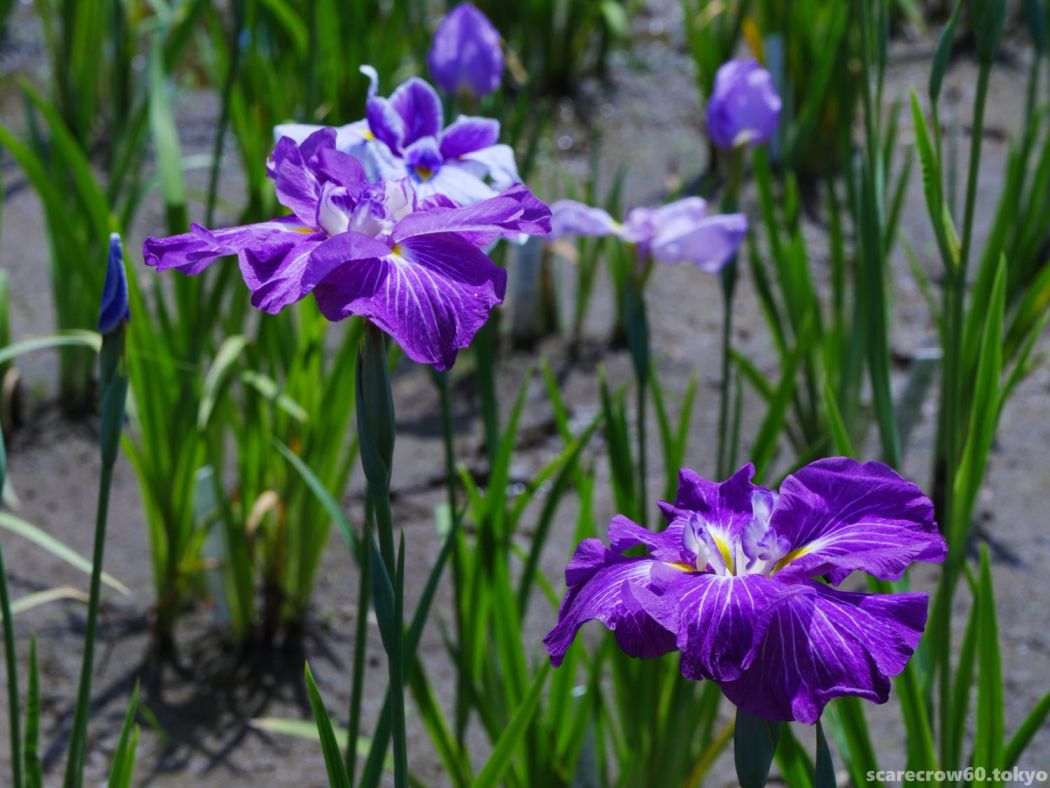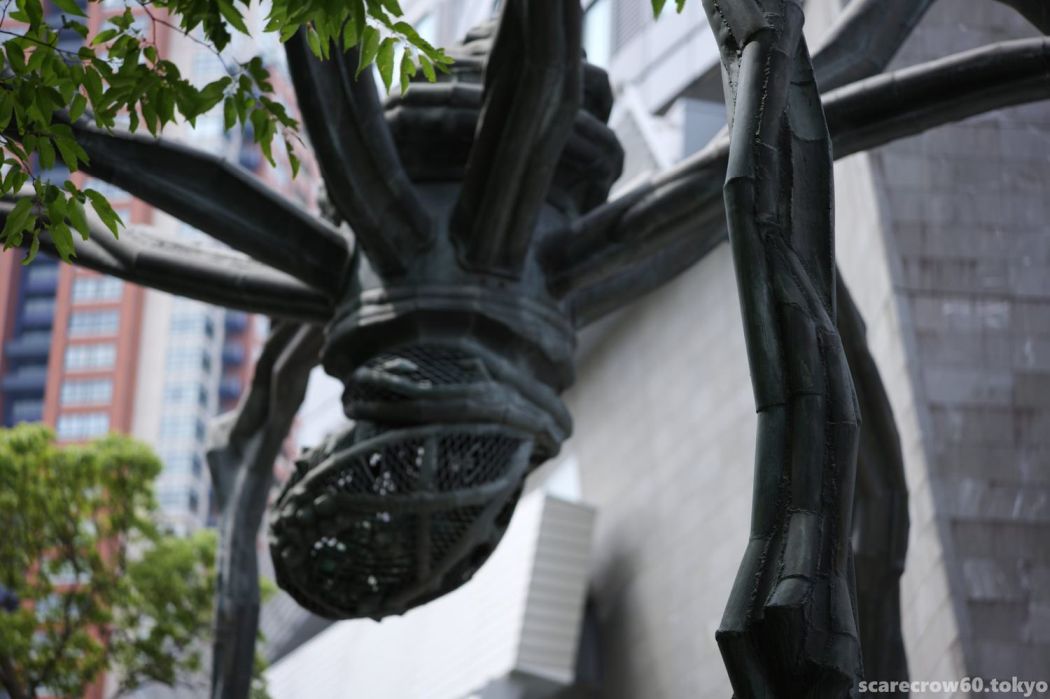This is a story that goes back about a month on the calendar, but it would be a shame to leave it in storage, so I’m going to upload a story from my little photo walk in Shuzenji, Izu.
As you know, Shuzenji in Naka-Izu is a historic hot spring resort said to have been founded by Kobo Daishi in the Heian period (794-1185). I used Lumix GF10, a friend of mine for taking snapshots during the trip, and Lumix G 12-32mm, a lightweight and compact standard zoom lens that is not to be underestimated.
If you are planning to visit Shuzenji by train, the usual method is to take the Tokaido Shinkansen bullet train to Mishima Station and transfer to the Sunzu Line of the Izu Hakone Railway.
On the Sunzu Line, there is a mix of in-house introduced cars and cars converted from other companies such as Seibu Railway. I boarded the train on the left bound for Shuzenji, which seems to be an original train of Izu Hakone Railway.
The view from the train window in late May, season of rice planting was in progress in this area.
After 40 minutes from Mishima, we arrived at the last stop, Shuzenji Station. The station building seems to have recently undergone major renovations and was modern with a woody interior.
Yes, this person is solid, too.
If you are not familiar with the Tetsudo-Musume, here is a link to the website.
It takes about 10 minutes by bus from Shuzenji Station to get to the Shuzenji Onsen town, the hot spring you are looking for. When you arrive at Shuzenji, you will see a hot spring resort along the river, and the “Tokko-no Yu” (hot spring found with a copper bell-shaped handle) on the riverbank, which is associated with Kobo Daishi, the great Buddhist priest.
Above picture plane always appears in tourist photos of this area.
Shuzenji Temple, the cultural center of the area, stands right next to the Tokko-no-yu. It was a beautiful time of year when the temple grounds were covered in fresh greenery.
The temple is of the Soto sect of Buddhism, and the official name of the temple is Fukuchiyama Shuzen Man’anzenji. This famous temple has been the setting for many great writers, including Soseki Natsume.
We only walked around this temple because we had very limited time to stay, but as one would expect from such a prominent tourist destination, the sights and scenery are quite picturesque.
A cool bamboo grove path. The bright colors of this time of year, before the full-blown summer season arrives, are wonderful.
View upstream from the bridge over the Shuzenji River (commonly known as the Katsura River).
Actually, the temperature was quite high for May, and I was feeling a bit overheated. I don’t know why it looked very cool in the photo.
But, the Katsura River and the bamboo grove path, is Shuzenji imitating Kyoto’s Arashiyama as a sightseeing spot? Or is it just a coincidence?
Shuzenji appeared at several important junctures in last year’s NHK drama “Kamakura-dono no Jusannin” featuring Hojo Yoshitoki, a powerful man in the early Kamakura period.
Shuzenji Onsen also had a solid tourism promotion campaign in honor of the popular drama, and here is the gravesite of one of the characters, the tragic second shogun Minamoto no Yori-ie.
Shigetsuden was built by his mother, Hojo Masako, on this site to mourn the loss of Yori-ie.
I’m a bit ignorant of history and only know about the past from TV dramas. Still, I felt a little solemn and joined my hands in prayer.
It was only a short time and a short distance for a photo walk, but it was quite a quaint place, Shuzenji.
The sky was only clear and bright, but I felt the charm of an old spa resort that was not just plain and simple.
That was my brief stroll in Shuzenji in late May.
Thank you for watching until the end.



